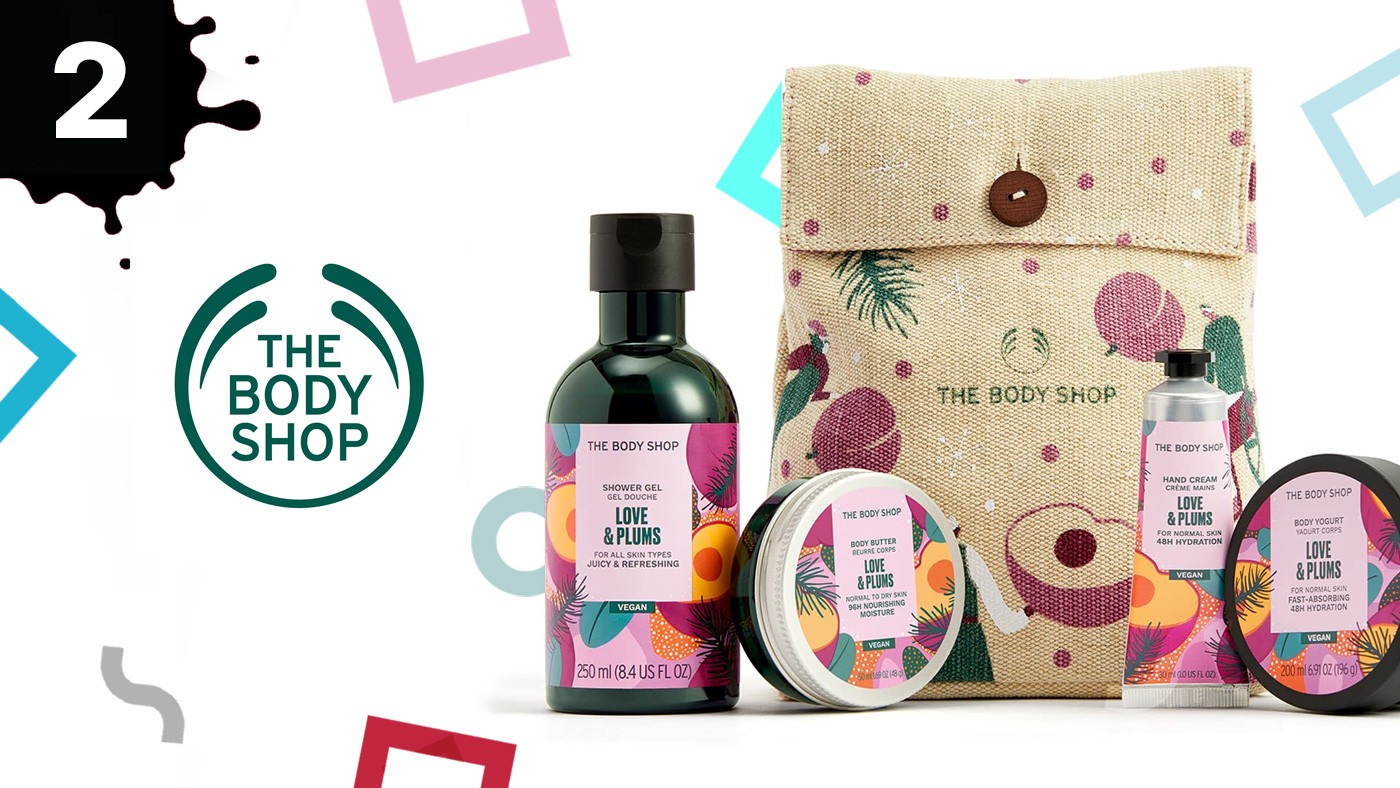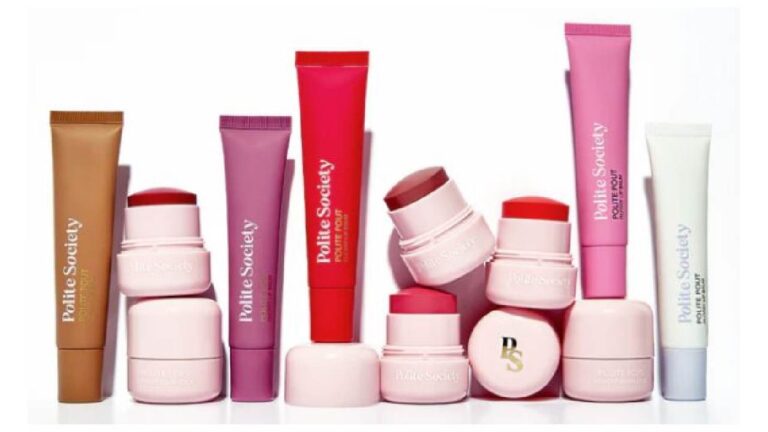
BeautyRival – The Body Shop is making a comeback in the United States — this time with a sharp focus on digital retail. The British ethical beauty pioneer officially launched on Amazon on Tuesday, marking a major step in its renewed U.S. strategy.
After years of ownership changes and financial struggles, the brand is entering a new era under fresh leadership and a clear mission: rebuild, modernize, and reconnect with loyal customers.
A New Chapter Under Mike Jatania
The Body Shop’s revival is led by Mike Jatania, the new executive chairman and CEO, who took over in July 2025. He also leads Auréa, one of the investors that rescued the company from administration earlier this year.
“Our focus has been on rebuilding and renewing The Body Shop,” Jatania said. “We’ve stabilized operations, streamlined our goals, and reignited our teams around what makes this brand special — ethical products and positive impact.”
Before Auréa, the brand was briefly owned by private equity firm Aurelius, which had acquired it from Natura & Co. in 2023. Jatania now aims to return The Body Shop to its roots while steering it toward sustainable profitability.
“Read More : Pierre Cardin’s Futuristic Revival: A Bold Attempt to Redefine the Avant-Garde”
A Digital-First Comeback
Unlike its previous U.S. expansions, The Body Shop is now prioritizing digital retail. “Beyond Amazon and our own dot-com, we’re exploring wider U.S. distribution,” Jatania said. “Our growth will be guided by sustainability and customer behavior.”
The brand plans to create a digital ecosystem that combines direct-to-consumer (DTC) sales and marketplace presence. This mirrors the broader beauty industry trend where e-commerce platforms like Amazon play a key role in brand revival.
For The Body Shop, this strategy avoids the heavy costs of physical stores while maintaining access to millions of online shoppers who value its ethical legacy.
Reconnecting With Legacy and Loyalty
Jatania expects strong performance from the brand’s core categories — including Ginger, Shea, Edelweiss, Vitamin C, and Tea Tree lines. These products already have loyal followings among Gen X and Millennial consumers who grew up visiting The Body Shop stores.
He emphasized that success is not about fast expansion. “Our goal is to build a margin-positive business with strong repeat purchases and long-term customer value,” he said.
This approach marks a shift from past strategies that focused on aggressive store growth. The new plan centers on building deeper, more personal connections through digital engagement and community-driven marketing.
“Read More : Vasiliki Petrou Launches Veralis Group: A New Era for Beauty, Wellness, and Longevity”
Amazon as the Gateway
Amazon, now the largest beauty retailer in the U.S., gives The Body Shop an efficient way to reconnect with consumers. Many brands — including Glamglow — have taken a similar route by focusing on Amazon after scaling back their own websites.
Through Amazon, The Body Shop can test its market response while keeping control over product quality and brand presentation. This low-risk entry helps the brand rebuild awareness without overextending resources on physical retail.
Heritage Meets Modern Purpose
Despite tougher competition in the clean beauty space, Jatania remains confident. “Our pioneering legacy gives us a unique advantage,” he said. “We were among the first to champion cruelty-free, fair trade, and sustainable beauty long before it was a trend.”
By combining that legacy with innovation, transparency, and inclusivity, The Body Shop hopes to stand out once again. The company’s goal is clear — to deliver effective, ethical products that make people feel good while doing good for the planet.
The Body Shop’s return is not just about business recovery. It’s about proving that purpose-driven beauty still has a place in today’s fast-paced, digital world.


